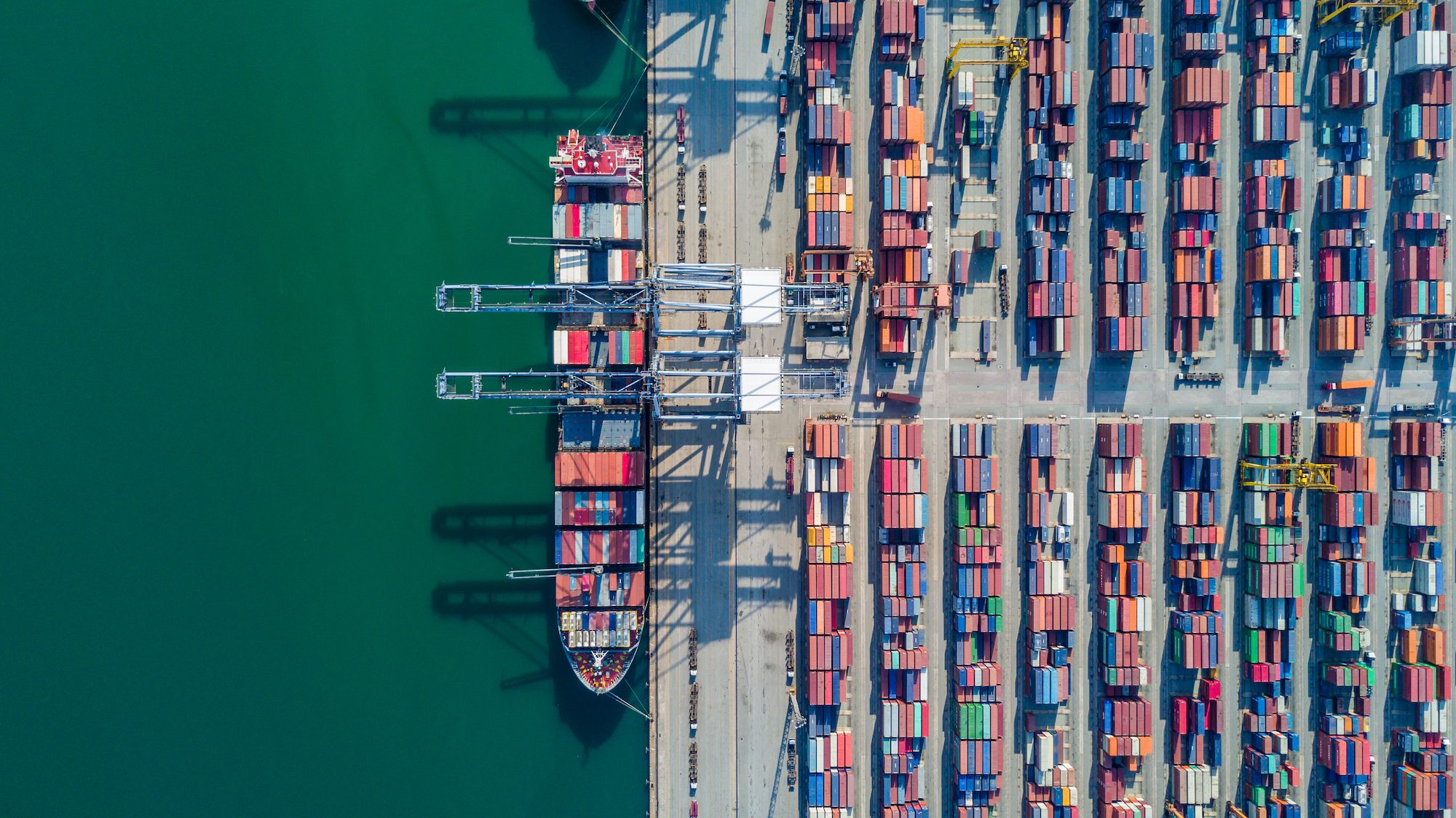When the U.S. Navy, Coast Guard, and Merchant Marine hold their joint annual Sea Air Space conference, it barely fills a single hotel. In stark contrast, this week’s U.S. Army conference has booked every hotel across Washington, DC.
This isn’t just about the Army’s size or budget—it’s about influence. After two decades of leading the Global War on Terror, the Army holds an unshakable grip on defense priorities in the nation’s capital, even as the U.S. Navy and Merchant Marine are actively engaged in combat conditions in the Red Sea. This imbalance is happening at a dangerous time, when maritime services are more critical than ever.
While the Pentagon claims to be “pivoting to the Pacific”—a region dominated by critical sea lanes, chokepoints, and islands—the Army seems to think it holds the keys to success. General Charles Flynn, Commander of Army Forces Pacific, has stated that the Army is the linchpin of U.S. military operations in the region. But here’s the reality: the Pacific is a maritime theater, not a land-based one. It’s the countless islands and the control of tens of thousands of commercial vessels and strategic waterways that will make or break any future conflict in the region.
But this isn’t to downplay the Army’s importance in the maritime domain. In fact, quite the opposite. The Army has an absolutely vital role to play in maritime operations, but they’re not prioritizing these responsibilities. The Army Corps of Engineers, for instance, is critical for maintaining bridges and waterways. Without them, our ports and supply lines would choke in a war. Their role in dredging harbors and keeping shipping lanes open is essential to military logistics, yet it barely gets a mention.
Then there’s the Army’s watercraft units and JLOTS (Joint Logistics Over-the-Shore) operations. These are the very forces that will be tasked with resupplying bases, moving troops, and delivering equipment to islands and contested zones in the Pacific. The ability to quickly seize and control ports, repair damage, and to keep them running under combat conditions, is an essential Army duty for projecting power and sustaining operations as is offloading oil tankers moving fuel to forward air forces bases. Yet this critical capability is consistently sidelined in the Army’s strategic focus.
During this week’s keynote address, Army Chief of Staff General Randy George spoke for about an hour, touching on the Army’s need for more funding, the future of warfare with AI and drones, and procurement priorities. But not once did he mention the Army’s critical responsibilities in the maritime domain. There was no discussion of Army watercraft, JLOTS, or even the Army Corps of Engineers, despite their central role in any Pacific conflict. The Army’s ability to open, secure, and operate ports under hostile conditions—arguably one of their most essential tasks in a future war—went completely unaddressed.
This is a glaring oversight. The Army’s ability to support maritime operations is not just helpful—it’s indispensable. But the Army leadership seems to be more focused on budgets and technology than on ensuring they are prepared to execute their critical maritime duties. We don’t need more next generation munitions if we can’t deliver them across vast oceanic distances. We don’t need a bigger Army budget if we can’t keep our ports open during a conflict. And we don’t need more drones if we can’t secure the very infrastructure that delivers drones to the ends of the military supply chains.
The Army’s dominance in Washington’s defense circles is clear, but it’s time for a serious reassessment of priorities. While the Army has played an outsized role in Washington’s strategic discussions, it has largely ignored the maritime component that will be pivotal in any conflict, especially in the Pacific. The Navy and Merchant Marine are the tip of the spear in this fight, but they cannot operate without the Army fully engaged in its maritime responsibilities—dredging waterways, operating ports, protecting Merchant Marine ships near the coast and running logistics.
If the Army continues to prioritize budgets and technology over these critical Army maritime functions, the U.S. risks being unprepared for the challenges of a Pacific war. A war in the Pacific won’t be won with just boots on the ground; it will be won by controlling the seas, ports, and supply chains. The Army must recognize that their role in this equation is not peripheral—it is central. But if they fail to prioritize it, all the procurement and AI in the world won’t matter when our ports are blocked, our waterways are clogged, and our supply lines grind to a halt.
Yet, how can we expect Army colonels, suppliers, or civilian officials to prioritize maritime and logistics operations when the Chief of Staff himself fails to mention these crucial aspects in his annual keynote address?
The Navy, Coast Guard, and our decimated Merchant Marine cannot go it alone. The Army must step up and refocus on their indispensable maritime tasks, or risk leaving the entire Pacific strategy vulnerable. Washington’s fascination with the Army’s land warfare expertise is a distraction from the real battle ahead: a battle where control of the seas and the infrastructure that supports them will determine victory. A battle that’s already occurring Ukraine ports, Israeli fuel terminals and Red Sea shipping lanes. It’s time for the Army to stop chasing headlines and start preparing for the maritime responsibilities they will inevitably shoulder in the next great conflict.

 Join The Club
Join The Club











